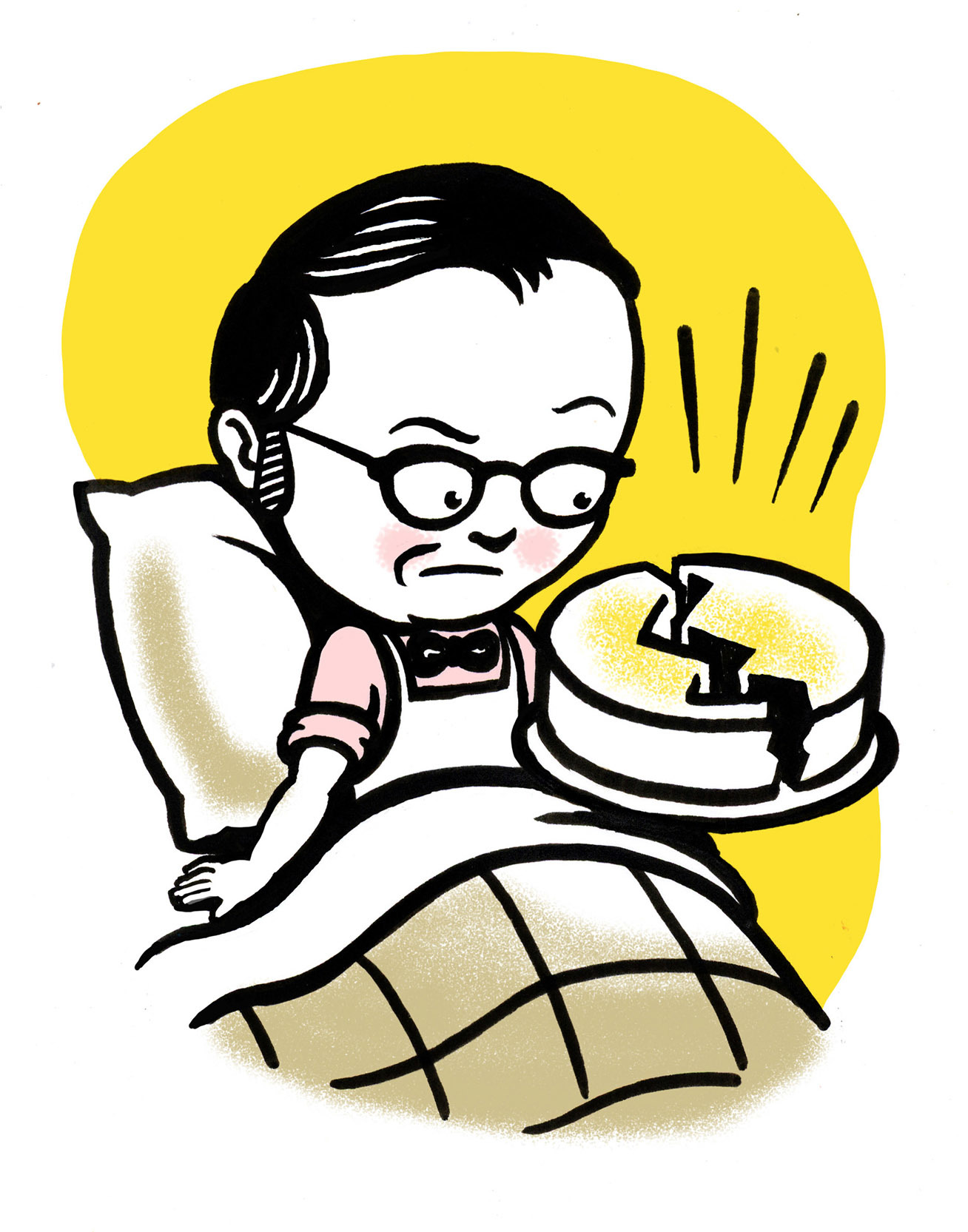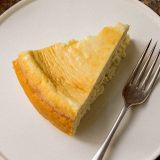A dark, blackened top with an irregular, cracked appearance. Admittedly, a homely introduction to modest wedge was offered at a small Italian eatery near Houston Street in New York City. It was light yet creamy, with a grownup flavor. But it would be another 20 years before I uncovered its secrets.
Cakes or pies that use cheese as a core ingredient are nothing new, dating back to the Romans, then the English in the 14th century. The cheeses of choice—until the evolution of American cream cheese in the 1870s—were quark in Northern Europe, Neufchâtel in France and ricotta in Italy.
My own love of cheesecake changed over the years. I set aside the damp, heavy bombs of my childhood, as well as the pumpkin and chocolate variations that ooze stickily down one’s gorge. There are unbaked varieties, but those are a different matter. For a time, I loved the drier, satiny texture of New York cheesecake.
But I kept coming back to that ricotta cheesecake of so long ago. And over decades of kitchen work, I knew it had the potential to solve, or at least resolve, some of the myriad cheesecake issues that trouble home cooks.
The most common complaint—verging on pathological—is a cracked top which, with a typical cream cheese recipe, simply means that the cake has been baked too long, causing the proteins to contract, expelling liquid.
There is also a fuss issue. Cheesecakes are most often baked in a water bath. This calls for double-wrapping a springform pan with foil. Annoying and, too frequently, ineffective.
Finally, texture. With most recipes, it’s a dicey issue. The resulting cakes range from wet and smooth to dry and grainy. Good luck predicting which it will be. Plus, there always seems to be excess moisture.
The solution to these problems was to be found in that first slice of ricotta cheesecake: better flavor and texture from a superior choice of cheese, and cheesecake robust enough not to require a water bath.

We started with a 16-ounce container of ricotta, three eggs, ¾ cup white sugar, lemon zest and juice, plus Marsala and salt. The yolks were mixed with the batter; the whites whipped separately, then folded in. This lightened the texture to give us an early success. But we found the cake desperately needed creaminess, so we added 8 ounces of mascarpone.
We had a consistent problem with stabilizing the cake, binding from the baked batter. That’s because there is a lot of “free” water released from the cheese and egg whites (as the proteins coagulate, they expel water). All-purpose flour is a common stabilizer in cheesecake recipes. It worked well enough, but ¼ cup semolina was far better.
We also added a light dusting of semolina on the bottom of the pan.It worked in the same way, binding and absorbing excess water during baking. The reason? Higher-protein flours such as semolina, which is close to 13 percent protein, absorb more water than all-purpose, which ranges from 10 to 11 percent.
We tested covering the pan during cooking, in an effort to steam the contents, and finishing the cake by broiling to get the classic blackened top. Sadly, the texture was dense, and broiling proved fussy.
So we added an extra egg, which allowed us to simply bake the cake in a 350°F oven for 40 minutes and still get a light texture. We didn’t get the blackened top we thought we needed, but it turned out that the texture of the cake overall was better without it. However, it was important to let the cake cool on a rack for a couple hours, then chill another two hours before serving.
We finally had the recipe I was looking for: a light cheesecake with plenty of flavor. No water bath was needed. And as a bonus, there was no concern about baking off a bottom crust first; the sprinkle of semolina took care of that.
But about that cracking... Yes, the top of this cheesecake will crack a bit as it cools. But this has no effect whatsoever on the texture, due in part to the use of semolina.
For those who hyperventilate at the sight of a cracked cheesecake, please take a deep breath, a first bite, and remember to exhale!




